Amina Fellan
Bridging Simulation and Measurements through Ray-Launching Analysis: A Study in a Complex Urban Scenario Environment
Jun 12, 2024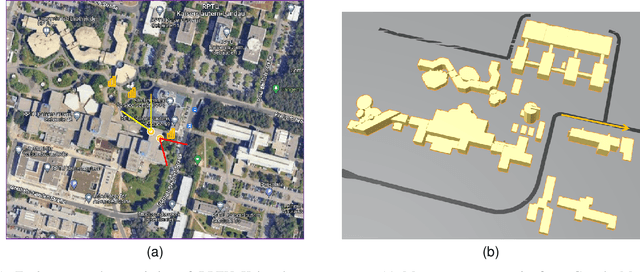

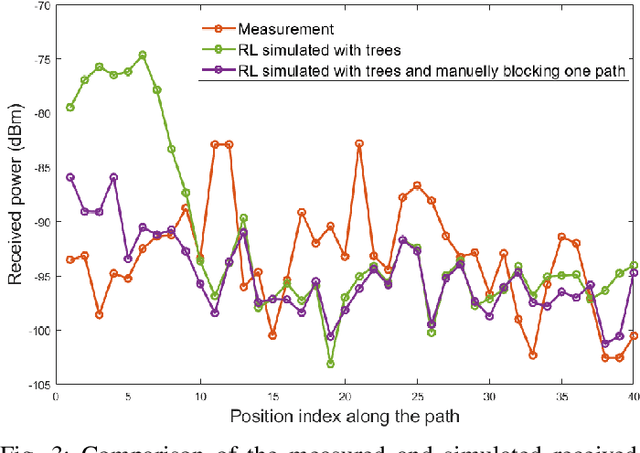

Abstract:With the rapid increase in mobile subscribers, there is a drive towards achieving higher data rates, prompting the use of higher frequencies in future wireless communication technologies. Wave propagation channel modeling for these frequencies must be considered in conjunction with measurement results. This paper presents a ray-launching (RL)-based simulation in a complex urban scenario characterized by an undulating terrain with a high density of trees. The simulation results tend to closely match the reported measurements when more details are considered. This underscores the benefits of using the RL method, which provides detailed space-time and angle-delay results.
Considerations on the EMF Exposure Relating to the Next Generation Non-Terrestrial Networks
Aug 01, 2023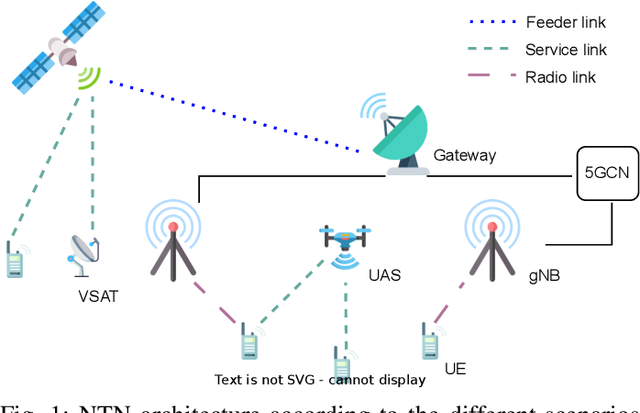
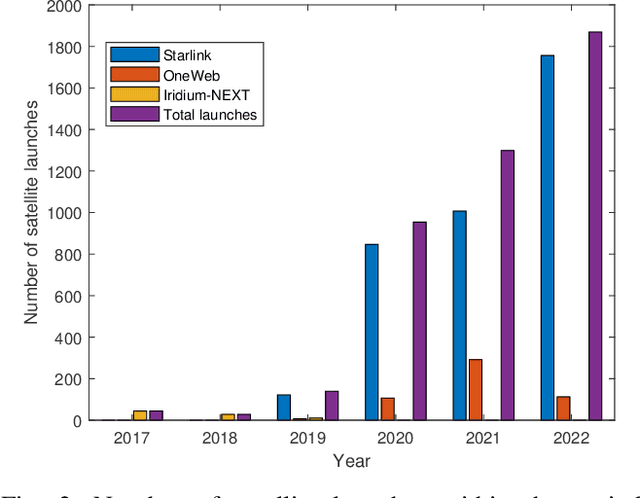
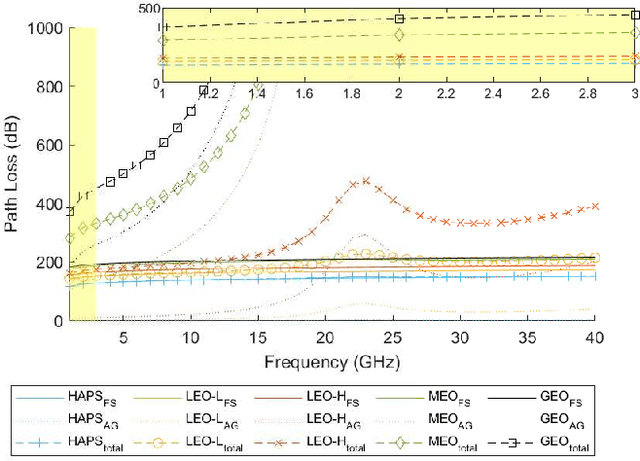

Abstract:The emerging fifth generation (5G) and the upcoming sixth generation (6G) communication technologies introduce the use of space- and airborne networks in their architectures under the scope of non-terrestrial networks (NTNs). With this integration of satellite and aerial platform networks, better coverage, network flexibility and easier deployment can be achieved. Correspondingly, satellite broadband internet providers have launched an increasing number of small satellites operating in low earth orbit (LEO). These recent developments imply an increased electromagnetic field (EMF) exposure to humans and the environment. In this work, we provide a short overview of the state of consumer-grade satellite networks including broadband satellites and future NTN services. We also consider the regulatory state governing their operation within the context of EMF exposure. Finally, we highlight the aspects that are relevant to the assessment of EMF exposure in relation to NTNs.
Enabling Communication Technologies for Automated Unmanned Vehicles in Industry 4.0
Nov 29, 2018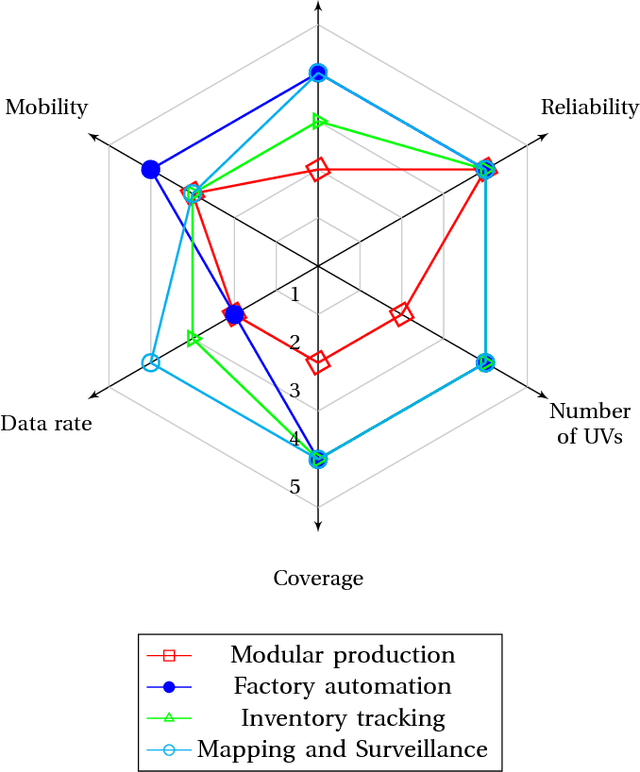
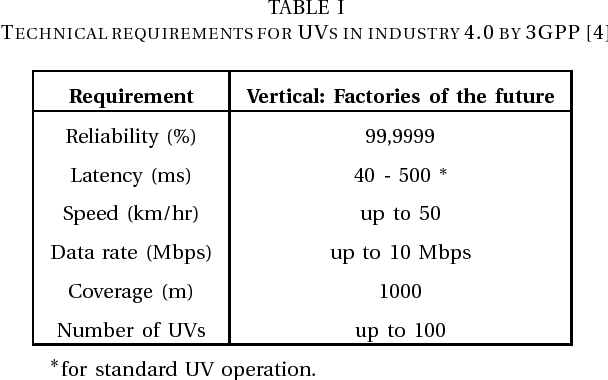
Abstract:Within the context of Industry 4.0, mobile robot systems such as automated guided vehicles (AGVs) and unmanned aerial vehicles (UAVs) are one of the major areas challenging current communication and localization technologies. Due to stringent requirements on latency and reliability, several of the existing solutions are not capable of meeting the performance required by industrial automation applications. Additionally, the disparity in types and applications of unmanned vehicle (UV) calls for more flexible communication technologies in order to address their specific requirements. In this paper, we propose several use cases for UVs within the context of Industry 4.0 and consider their respective requirements. We also identify wireless technologies that support the deployment of UVs as envisioned in Industry 4.0 scenarios.
* 7 pages, 1 figure, 1 table
 Add to Chrome
Add to Chrome Add to Firefox
Add to Firefox Add to Edge
Add to Edge